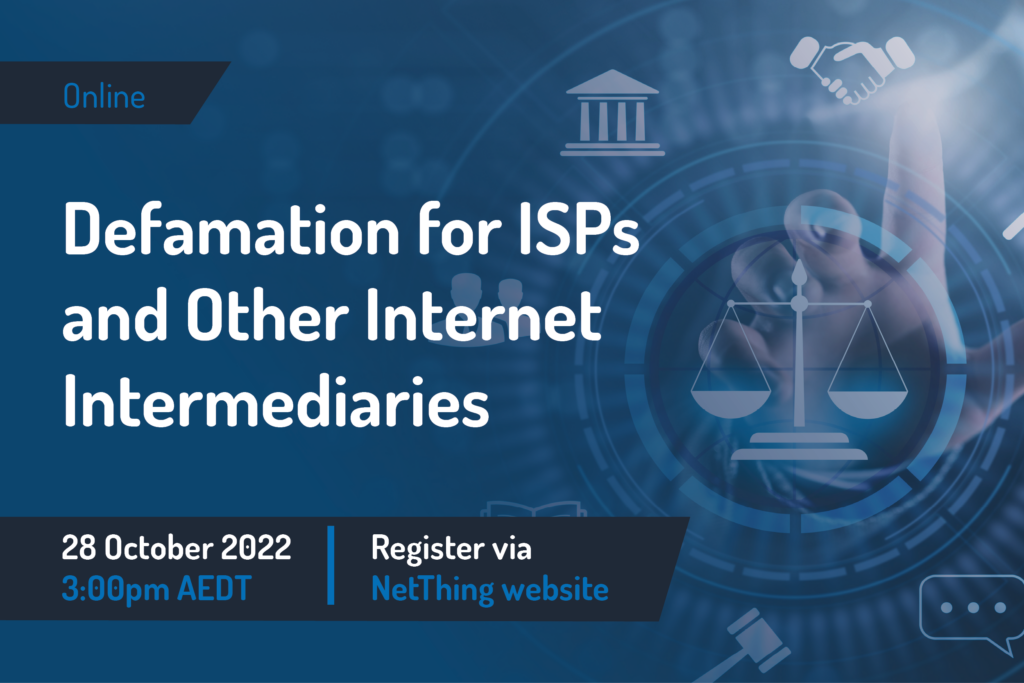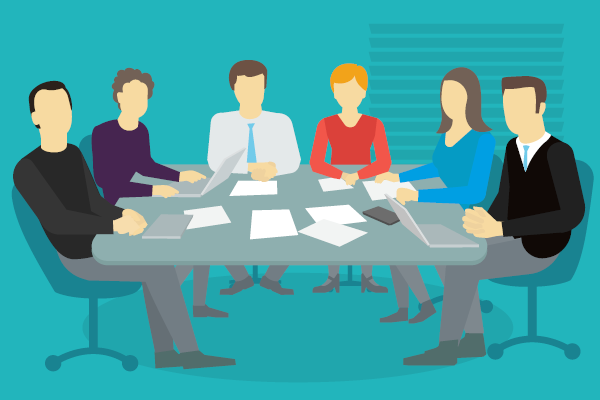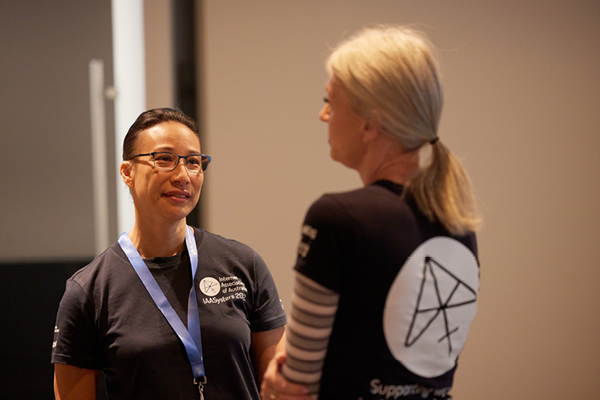This month’s Meet the Member segment features one of our wonderful members, Jason Bordujenko. Jason has been a member of IAA since 2012 (WAIA at the time), even though he was a Queensland resident – the appeal of the Association was strong given the ever-increasing importance of the industry. Accordingly, with many peers and colleagues also strong advocates equally from the early days until now, he has decided to share his story with us for this newsletter.
Jason was hooked on the Internet from the first moment he heard the screech of the dial-up modem! He says, “I knew there was something excitingly new and revolutionary about what was to become the Internet.” Early day access networks that got Jason started were the 1200/75 (unusual!) rate AUSTPAC X.25 and the Viatel days with Discovery 40 and 80. He explored every part of those networks from green screen monochrome transitioning to 16 colour and everything beyond. With his mother and aunt both long-term employees of Telecom Australia, it seemed like something that ran in his veins, and Jason took to it like a duck to water. Through various means, his explorations took him down the educational pathway. He partnered with the local TAFE in Townsville, who had acquired a shiny new DEC machine, helping them get some of those early computer concurrent user sharing systems online and in widespread use. Through those avenues, he was already passively consuming the content and eventually became one of the early Aussie FidoNet system operators (SysOps) via a bulletin board system that had been running for a few years but looking for a new caretaker. Jason says, “it was great to take a hands-on approach to maintain a system that provided what seemed to be a hobbyist niche but also watching in parallel as the ‘store and forward’ email architectures of FidoNet advancing to permanent leased lines and an insatiable demand for increased capacities of new and emerging Internet architectures in the early ’90s.”
Jason’s career path out of school began with an apprenticeship where he learned all there was to know about broadcast engineering and worked on AM radio transitions to FM in North Queensland across Cairns, Townsville, and Mackay. This led to his first ‘real job’ with the Queensland Police Service, working as an unsworn civilian, but under an interesting mix at the time of public service and ‘blue shirt’ management lines. He worked with the public services for nine years and, in 2007, joined the Australian Academic and Research Network (AARNet). After introducing video conferencing to his prior role with Police, his AARNet role was primarily geared around facilitating open-standards-based IP audio and video in the real-time communications arena. He was fortunate enough to be part of the AARNet – 20 years of the Internet in Australia celebration and book and has also seen some of his research work published in academic journals through collaborations with the University of Southern Queensland and the University of Wollongong
(https://link.springer.com/book/10.1057/9781137037770).
In his current role, Jason manages a team of solutions architects who concentrate their time across direct customer and channel markets through the recently launched channel engagement program. He joined the Megaport team in early 2016, just off the back of the initial public offering on the ASX. He joined as the first solution architect in the company and promptly went about educating everyone (and anyone that would listen) about how they could flip the script when it came to data-centre, cloud and peering connectivity options. Since joining, Jason has enjoyed the collegiate nature of the industry and credits emerging private cloud connectivity space into the collaborative peering space and wears the hat of both ‘source and sink’ when working with upstream and downstream contacts.
As an individual who always asks the ‘five whys’ about things, Jason enjoys disconnecting from the hyper-connected lifestyle, taking the car on long drives with music blaring and relaxing in nature. In addition, he has an avid interest in cooking, radio and aviation, as well as frequently dabbling in armchair psychology which he occasionally practices on his family and friends.







